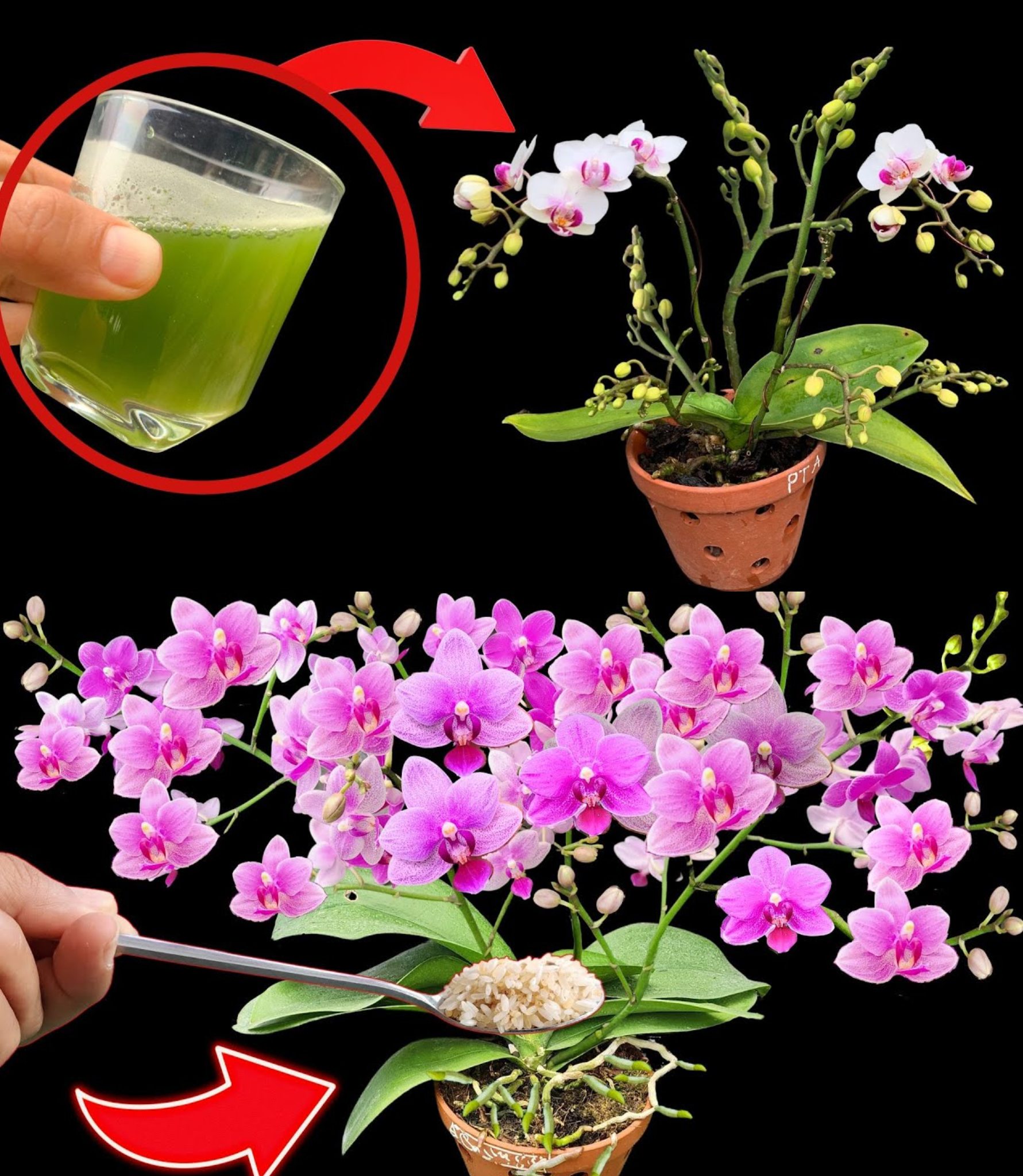
The orchid, one of the most exquisite and distinctive exotic flowers, can bloom almost continuously if provided with the right conditions.
However, adherence to specific rules is crucial for ensuring its abundant flowering. Like all plants, cultivating orchids demands patience and perseverance. Here are six essential guidelines to follow:
- Root System Care: Ensure the orchid’s root system is healthy and well-maintained for optimal flowering. Consider using specially designed orchid pots with holes, available in specialized shops, to enhance root development.
- Proper Lighting: Orchids thrive in light, but direct sunlight should be avoided. While the plant can tolerate heat, occasional misting is recommended to create a humid environment. Be cautious not to expose the small buds, from which the leaves emerge, to water, as it may lead to mold development.
- Watering and Humidity: Adjust the watering frequency based on the season, typically every 1-2 weeks in winter and 2-3 times a week in summer. If the root system appears greenish, provide a small amount of water to the plant.
- Temperature Management: Orchid flowering is influenced by temperature fluctuations. The plant thrives in cool nights with temperatures around 15 degrees Celsius, while daytime temperatures in the apartment should range between 20-25 degrees Celsius.
- Nutrient Supply: Use a specialized orchid formula available in flower shops to stimulate flowering, strengthen the plant, and enhance its resistance.
- Encouragement: After a flowering cycle, if no new buds appear within a week, trim the stem back to the fourth small node, working from top to bottom. This pruning technique, performed after a few weeks or months, encourages the orchid to bloom once again.